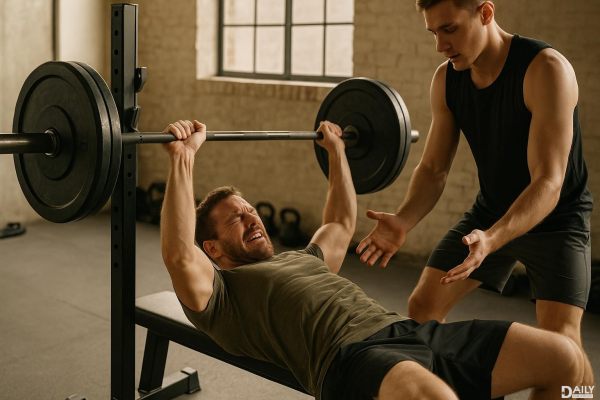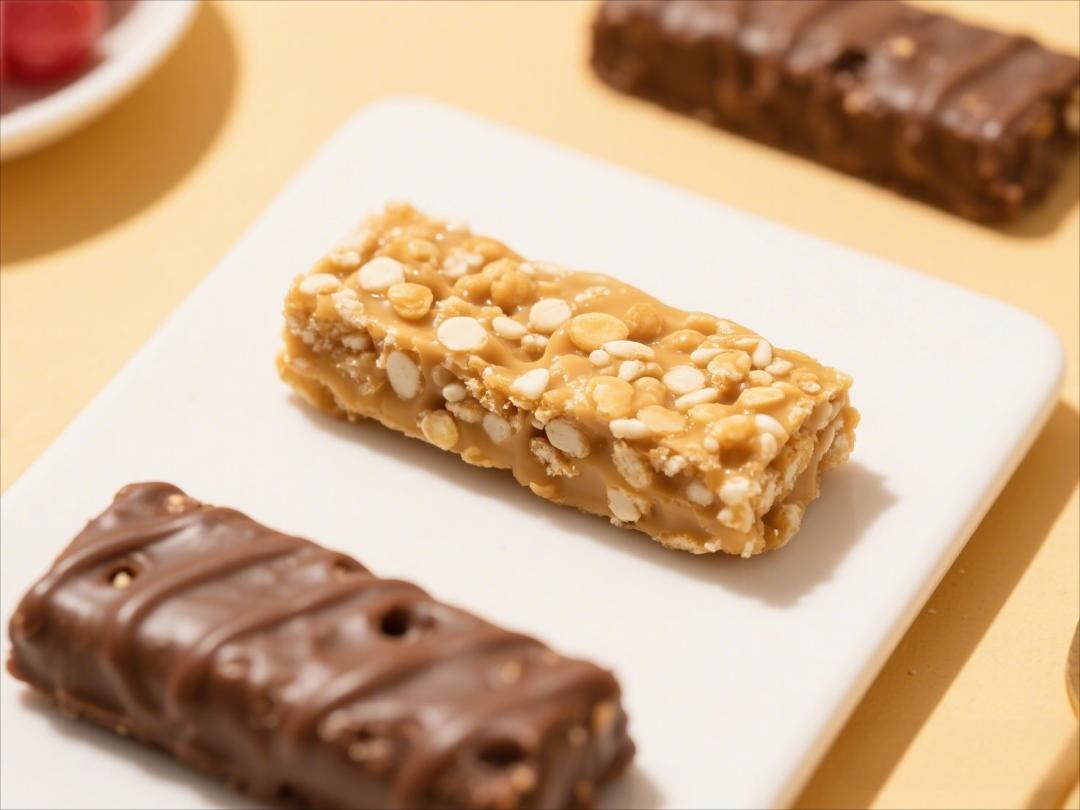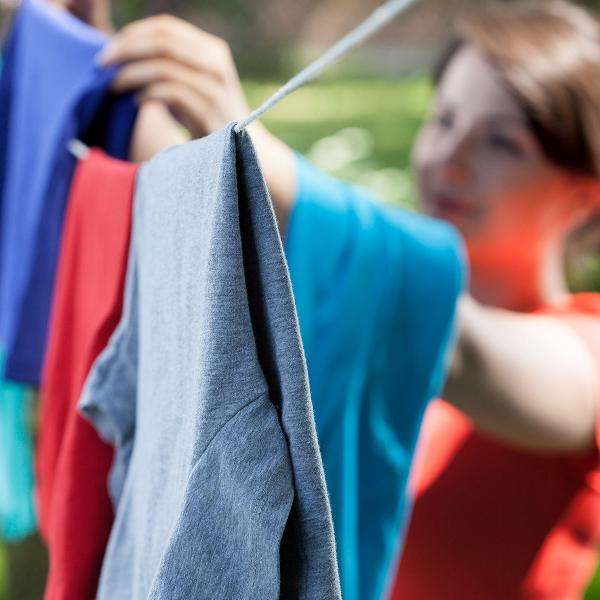Running cramps are the ultimate party crashers—they show up uninvited and ruin your groove. Whether you're a seasoned marathoner or just getting into jogging, that sudden muscle lock-up can turn your run from euphoric to miserable in seconds. The bad news? There's no instant "off switch" for cramps. The good news? Understanding why they happen and how to work with your body can make them less frequent and less intense.
Why Your Muscles Rebel Mid-Run
Cramps aren't just random acts of betrayal from your body—they're often a sign that something's out of whack. Dehydration is a biggie; if you're not drinking enough water before and during your run, your muscles can start seizing up as a protest. Electrolyte imbalances (think low sodium, potassium, or magnesium) are another common culprit, especially if you're sweating buckets. And let's not forget muscle fatigue—pushing too hard or skipping rest days can leave your muscles exhausted and prone to cramping.
The tricky part? By the time you feel the cramp, it's usually too late for a quick fix. That's why prevention is key. Hydrate properly, fuel with electrolytes, and listen to your body when it's begging for a break.
The Side Stitch Exception
Ever had that sharp pain under your ribs that makes you want to curl into a ball? That's a side stitch, and unlike other cramps, it can sometimes be eased with some strategic breathing and pressure. Try standing tall, taking deep breaths, and gently pressing your fingers into the sore spot. Some runners swear by exhaling as the opposite foot strikes the ground—worth a shot if you're desperate.
But let's be real: even side stitches are stubborn. If it's not budging, slowing to a walk or stopping altogether might be your best bet. No shame in that—your run will still be there tomorrow.
When Stretching Makes It Worse
Here's where things get counterintuitive: stretching a cramping muscle can sometimes backfire. When a muscle is in full-on spasm, forcing it into a stretch might just piss it off more. Instead, try gentle movement—walking it off or massaging the area can help relax the muscle without triggering another cramp.
If your calf or hamstring is cramping, avoid aggressive stretches like toe touches. Instead, try a slow, controlled movement—like flexing and pointing your foot or lightly bending your knee. The goal is to coax the muscle out of its tantrum, not yank it into submission.
Prevention Beats Cure Every Time
The best way to deal with cramps? Stop them before they start. Hydration isn't just about chugging water right before your run—it's a day-long commitment. Electrolyte drinks or snacks (bananas, nuts, or even a pinch of salt in your water) can help keep levels balanced.
And don't underestimate the power of a good warm-up. Dynamic stretches (leg swings, lunges, high knees) prep your muscles for action, while post-run static stretches help them recover. Oh, and if you're running in those UA HOVR™ Machinas (or any shoes, really), make sure they're not worn out—bad footwear can contribute to muscle strain.
When to Worry (and When to Just Roll With It)
Most cramps are harmless, albeit annoying. But if you're cramping constantly, even on easy runs, it might be time to dig deeper. Chronic cramps could signal deficiencies (like low iron or magnesium) or even underlying conditions like poor circulation. A doc or sports nutritionist can help pinpoint the issue.
For the occasional cramp? Shake it off, adjust your routine, and get back out there. Running isn't about perfection—it's about persistence. And hey, at least you're not sitting on the couch.
At the end of the day, cramps are just part of the runner's journey—a frustrating, sometimes painful part, but not a dealbreaker. The more you tune into your body's signals, the better you'll get at avoiding them. So keep lacing up those sneakers, stay hydrated, and remember: every cramp is just proof you're pushing forward. Now go hit the pavement (and maybe pack some electrolytes).
























